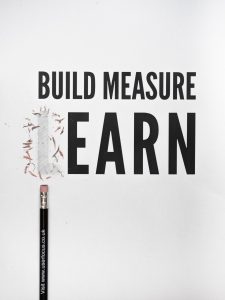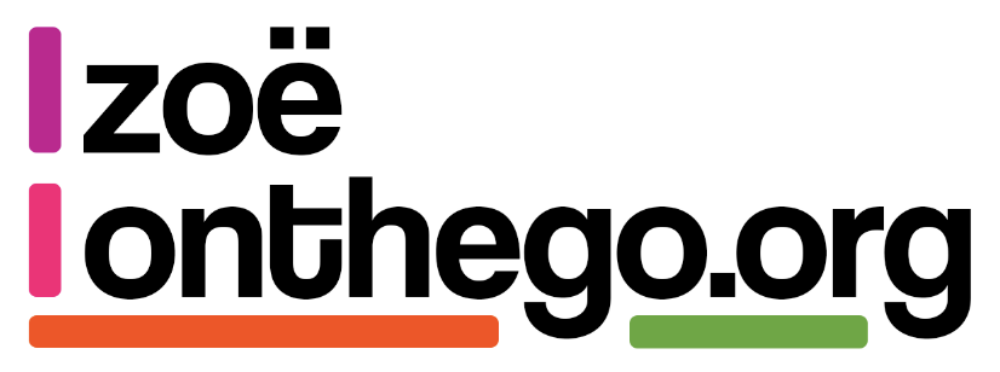First published on the 26th June 2022 as part of #TechUk’s Public Sector week here ; co-authored by Matt Thomas.
We are living in a time of change, characterised by uncertainty. Adapting quickly has never been more important than today, and for organisations, this often means embracing and fully leveraging the potential of digital tools.
A lot has been said about Lean Agility but for an organisation in the Public Sector facing the prospect of a digital transformation, it is still difficult to understand what to do and how.
In our mind, while lean helps to solve the right problems, agility supports quick adaptability and the ability to change course whenever necessary.

At Kainos working in the Digital Advisory team the one problem we hear about repeatedly from clients is the difficulties they face of delivering the right thing at pace, and how they struggle to maximise their efficiency. Some of the typical red flags we see when beginning to understand why clients are struggling to deliver effectively are:
- evergreen delivery projects that never end; without an end product in sight or a product nobody uses constantly being tweaked; as opposed to teams delivering units of quantifiable value,
- lacking prioritisation; everything is a priority and so everything is in-flight at the same time,
- development is stalled or slow; with poor delivery confidence and large gaps between releases,
- traditional long-term funding cycles requiring a level of detail which doesn’t match near-term agile planning and responsive delivery,
- ineffective communication and lack of experienced deliver leadership; so decision making is made on gut feel and who shouts loudest rather than being firmly tied to desired business outcomes,
- Siloed pockets of various stages of Agile adoption /maturity and effectiveness making coordinated planning and collaboration difficult.
Within Kainos our belief was that by introducing Lean-Agility Management we could scientifically remove waste & inefficiency whilst Increasing delivery confidence, employee job satisfaction and visibility of the work being undertaken. As such we. introduced a lightweight and straightforward Lean-Agility approach that could be adopted across multiple portfolios.
Our approach does not just focus on Agile coaching (although that’s part of it) or other isolated elements of a transformation, but on 4 distinct pillars: Lean-Agility Management, Lean-Analytics & Dashboarding, Product & Design Coaching and Agile Coaching & Architecture. This gives us the opportunity to build sustainability and in-house expertise to continue this journey.
Recently we’ve been working with an integrated energy super-major to help them improve in several of these key areas. We were asked to help, whilst contributing to the wider Agility transformation by bringing consistent high standards in delivery culture and ways of working through Lean and Agility.
The results have delighted the client; we have managed to improve delivery speed by over 70%, delivery confidence by more than 50% and job satisfaction by over 20%.
This approach is one we’re using with several other clients in the commercial sector, all with similar positive effects; but it’s not something we encounter being used within the Public Sector much; either by us or by other consultancies.
How can this approach help the public sector and what is needed to make this a success?
From our experience, we have found the key elements to getting this right are:
- Starting with a Proof of Value (POV) – We tend to pick two volunteer squads to test with and prove this approach can work and add value.
- Senior Buy in and time – Agility transformation lives and dies by the clarity and direction of its leaders; teams need clear leadership, the support and empowerment to innovate and improve.
- Pod structure connects the transformation from exec to squads
- Multi-disciplined Agility team with knowledge of Product, Design and DevSecOps as well as Agility
- Desire to change culture – We don’t just mean continuous improvement, everybody does that, the difference is evolving to a resolute passion to rigorously improve everything
- Data at the core – clear metrics give teams a direction of travel and an idea of where targeted improvements could add real value
- Consider the people – We track job satisfaction because it’s important. Improvements come from your people. If you keep losing your people, you’re constantly going to be in a state of hiring and retraining, which is costly in terms of time and money. Happy people innovate and perform better.
Our Lean-Agility approach is very much an Agile approach to an Agile transformation, we start small prove the value, learn your business, customise and adapt. Lean-Agility is something we mould to you rather than a theory we try to plug and play, in that sense Lean-Agility for you will look and feel different to Lean-Agility for a different client and so it should!

